The 1980s were loud, bold, and surprisingly lax when it came to rules. Things that felt normal back then, from smoking indoors to riding in cars without seat belts, would raise legal red flags today. Over the decades, new laws have reshaped how we live, parent, and protect public health. If you tried some of these ’80s habits now, you could face fines, or even legal trouble. Here are 15 everyday actions from the ’80s that simply wouldn’t fly today.
1. Smoking Almost Anywhere Indoors

In the ’80s, lighting up a cigarette in a restaurant, airplane, or office wasn’t just allowed, it was expected. Ashtrays sat on tables and smoke-filled lounges were the norm. Today, indoor smoking bans cover restaurants, bars, public transportation, and most workplaces nationwide. Secondhand smoke laws and public health reforms have made indoor smoking a legal violation in many areas, especially with rising concern over air quality and exposure risks.
2. Riding in Cars Without Seat Belts

Backseat seat belts? Optional in many ’80s cars. Wearing one in the front wasn’t even a consistent habit. Though seat belt laws started appearing in the mid-’80s, enforcement was loose and car interiors weren’t built with safety in mind. Now, all 50 states have laws requiring front-seat passengers to buckle up, and most also require backseat belts. You could face hefty fines for ignoring these now-standard safety rules.
3. Letting Kids Ride in the Front Seat
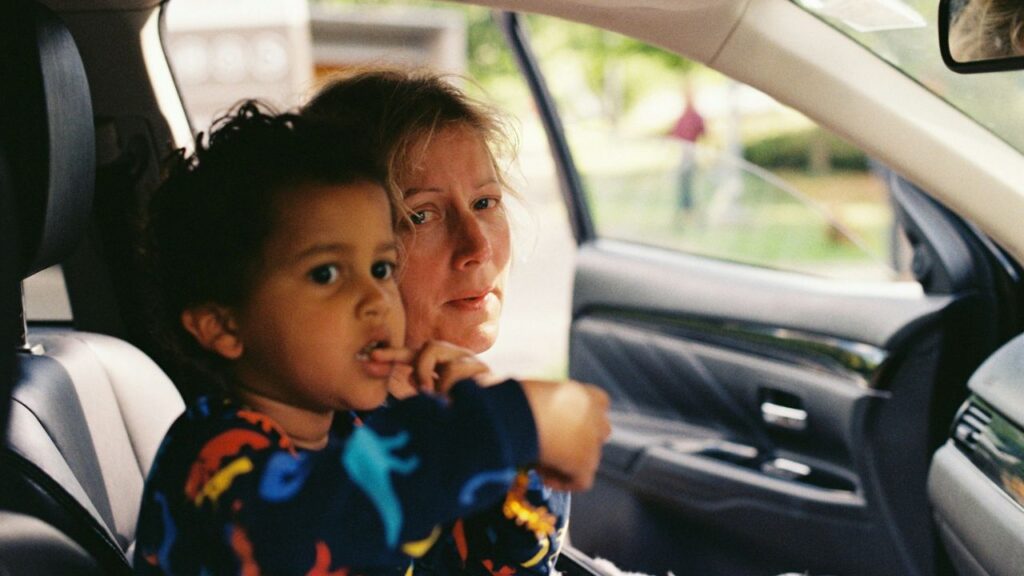
In the 1980s, it was common to see toddlers up front, sometimes even without booster seats. Back then, child car seat guidelines were minimal or nonexistent. Today, laws across the U.S. require children under certain ages or sizes to sit in the back seat with proper restraints. Airbags and crash risks have made this a serious safety issue. Letting a young child ride up front now can lead to legal consequences.
4. Leaving Children Home Alone

Latchkey kids were a symbol of independence in the ’80s. Parents often left children home alone after school or even overnight without much concern. Today, most states have strict guidelines or laws about the minimum age a child can be left alone. In some places, leaving a child unsupervised, even briefly, can be considered neglect. What was once normal parenting could now trigger child welfare investigations.
5. Drinking and Driving Without Much Consequence
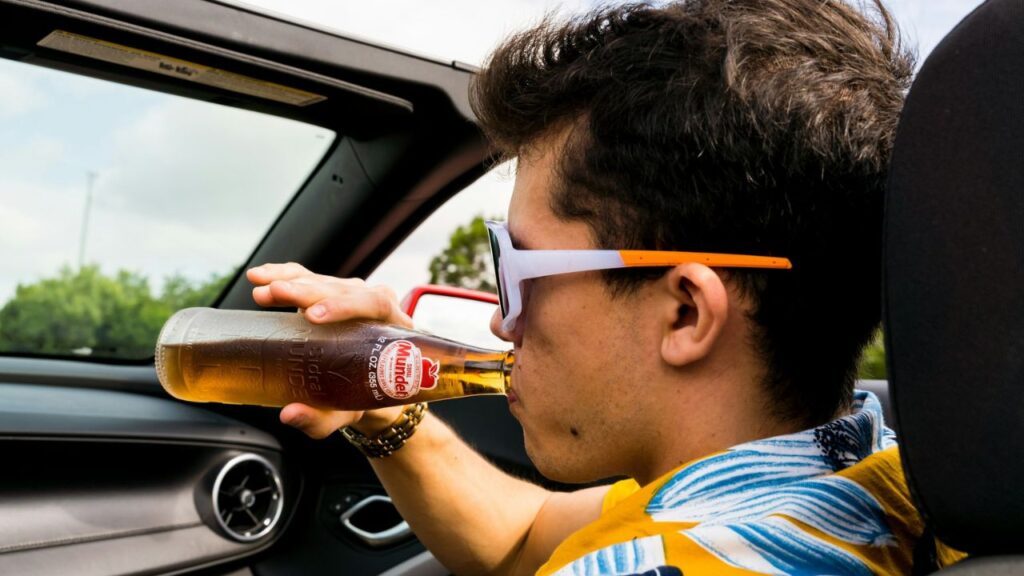
In the ’80s, drunk driving was technically illegal, but enforcement was often lenient. Blood alcohol limits were higher, and public awareness was low. DUI checkpoints were rare, and getting pulled over might mean a warning, not jail time. Now, strict laws, zero-tolerance policies, and major campaigns like “Drive Sober or Get Pulled Over” have made DUI enforcement far tougher. What was once shrugged off now results in fines, jail time, or license suspension.
6. Corporal Punishment in Schools
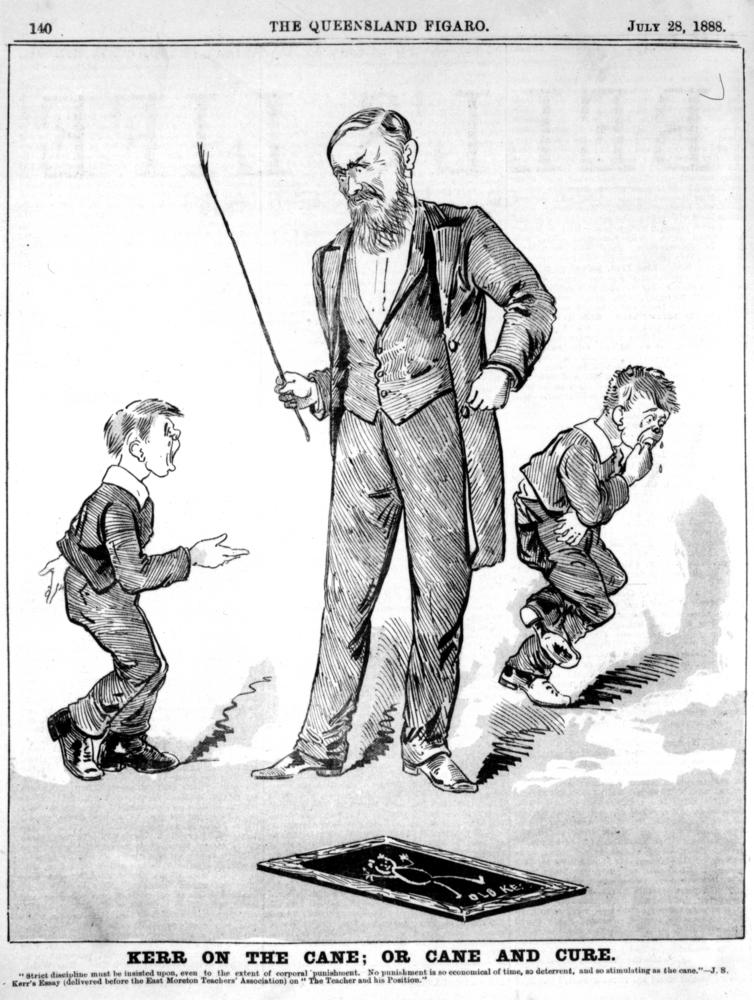
In the 1980s, it wasn’t uncommon for teachers or principals to paddle students as punishment. Corporal punishment was still legal in many U.S. states, and widely used. Today, most school districts have banned physical discipline entirely. It’s viewed as harmful and inappropriate, and educators using it could face lawsuits or job loss. While a few states technically allow it, the cultural shift has made it nearly obsolete, and often illegal.
7. Riding Bikes Without Helmets

Bike rides in the ’80s usually meant wind in your hair and zero head protection. Helmets were rare, even for kids. Safety laws around helmets didn’t gain momentum until the late ’80s and ’90s. Today, many states and cities require children (and in some cases adults) to wear helmets while biking. Ignoring these rules can result in fines, and it’s considered negligent parenting if a child is injured while unprotected.
8. Buying Aerosol Sprays with CFCs
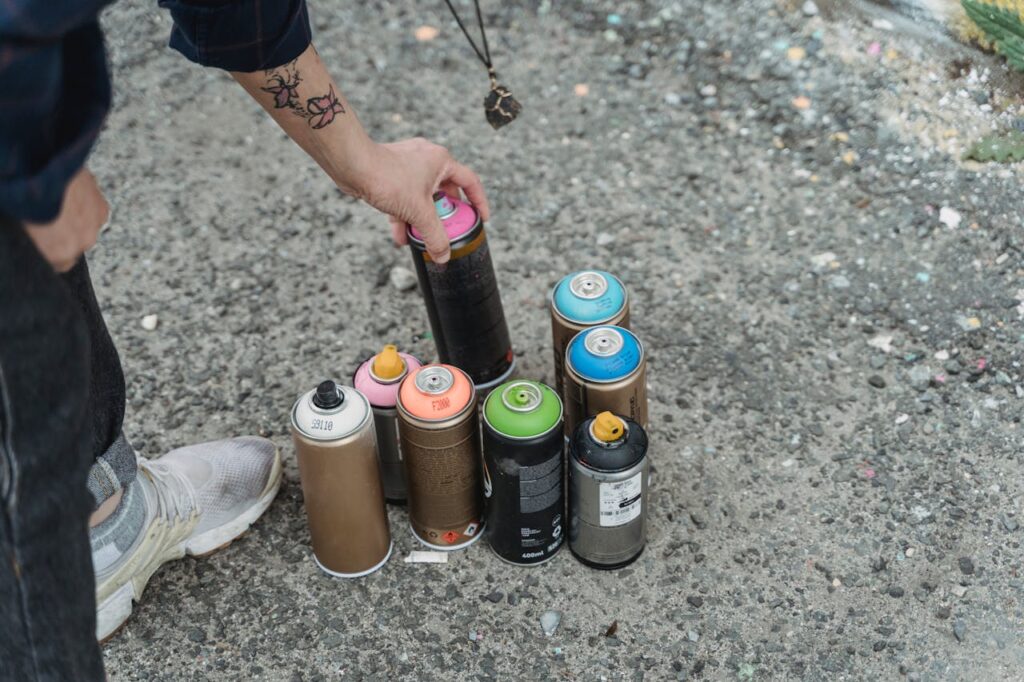
In the ’80s, hair spray, deodorant, and air fresheners often contained chlorofluorocarbons (CFCs), which were later found to destroy the ozone layer. Though common back then, products with CFCs are now banned under environmental protection laws. The U.S. joined global agreements like the Montreal Protocol to phase them out. Today, selling or using these products isn’t just frowned upon, it’s illegal under federal environmental regulations.
9. Hitchhiking Without Concern
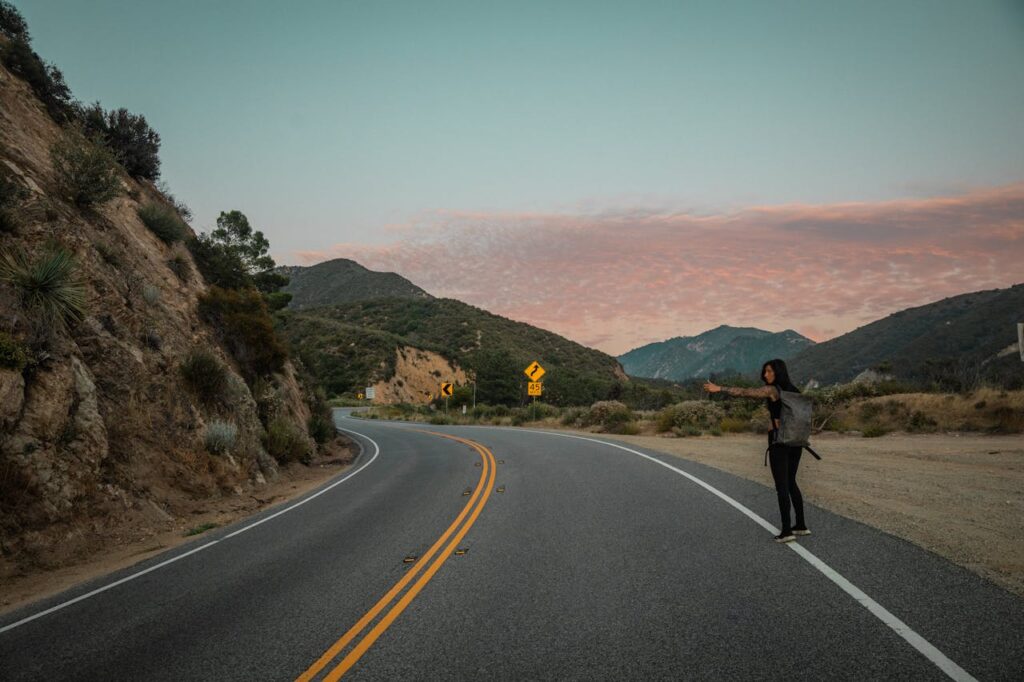
Thumbing a ride on the highway was a common sight in the ’80s. While not technically illegal in all areas at the time, hitchhiking was widely tolerated. Today, it’s restricted or outright banned on many highways and interstates due to safety concerns. Laws vary by state, but standing on the roadside to catch a ride is now considered dangerous and sometimes criminal, especially in high-traffic or high-crime areas.
10. Filming or Photographing Without Consent
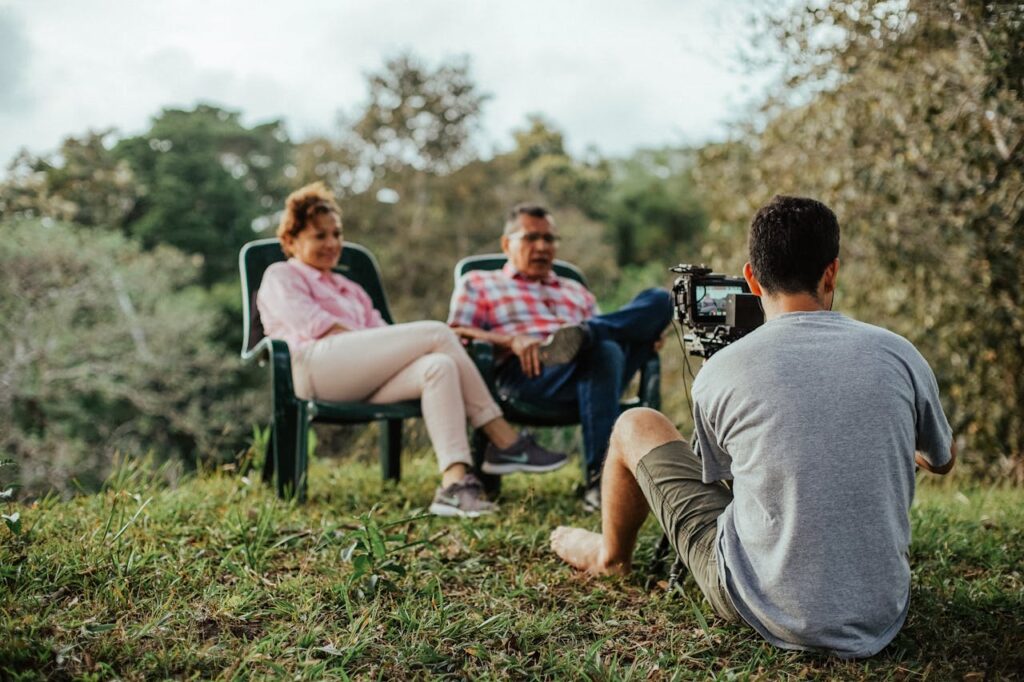
The arrival of camcorders in the ’80s led to a lot of casual filming, often without asking. Back then, there were fewer rules about recording in public or even private settings. Now, stricter privacy laws make it illegal in many states to record someone without consent, especially in private spaces. Posting someone’s image or voice without permission can also lead to legal action under today’s digital privacy laws.
11. Playing on Metal Playground Equipment Over Concrete
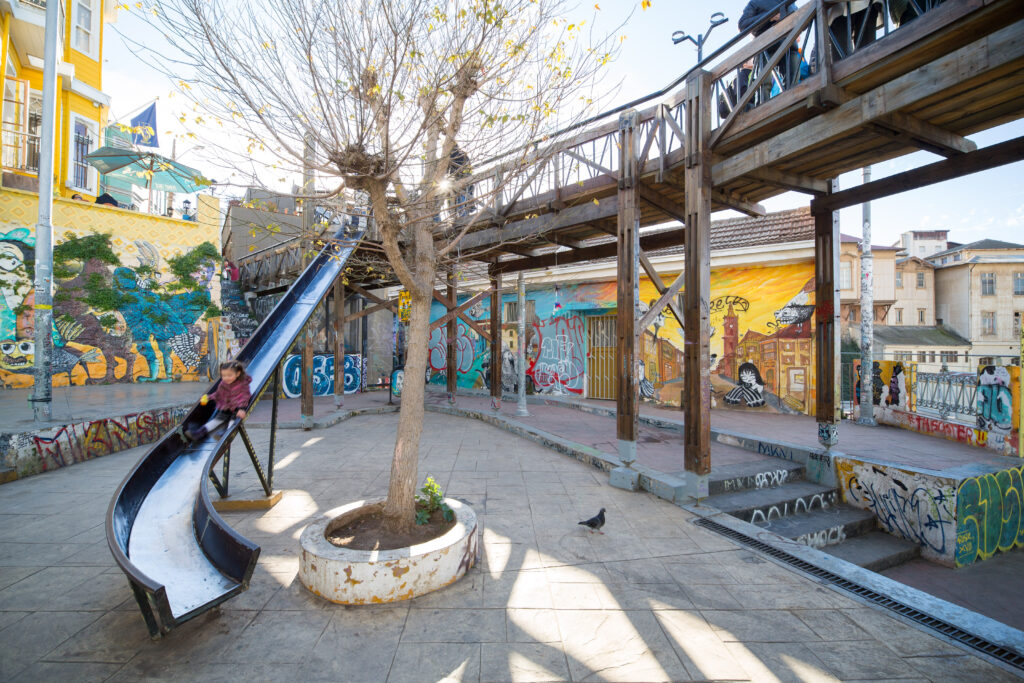
Playgrounds in the ’80s often featured towering metal slides, monkey bars, and merry-go-rounds, all placed over hard concrete or gravel. Safety standards were minimal, and injuries were common. Today, playgrounds must meet strict guidelines for fall zones, surface materials, and equipment height. Concrete under climbing structures is now illegal in many areas, replaced with rubber mats or wood chips to prevent serious injuries.
12. Driving Without Car Seats for Toddlers
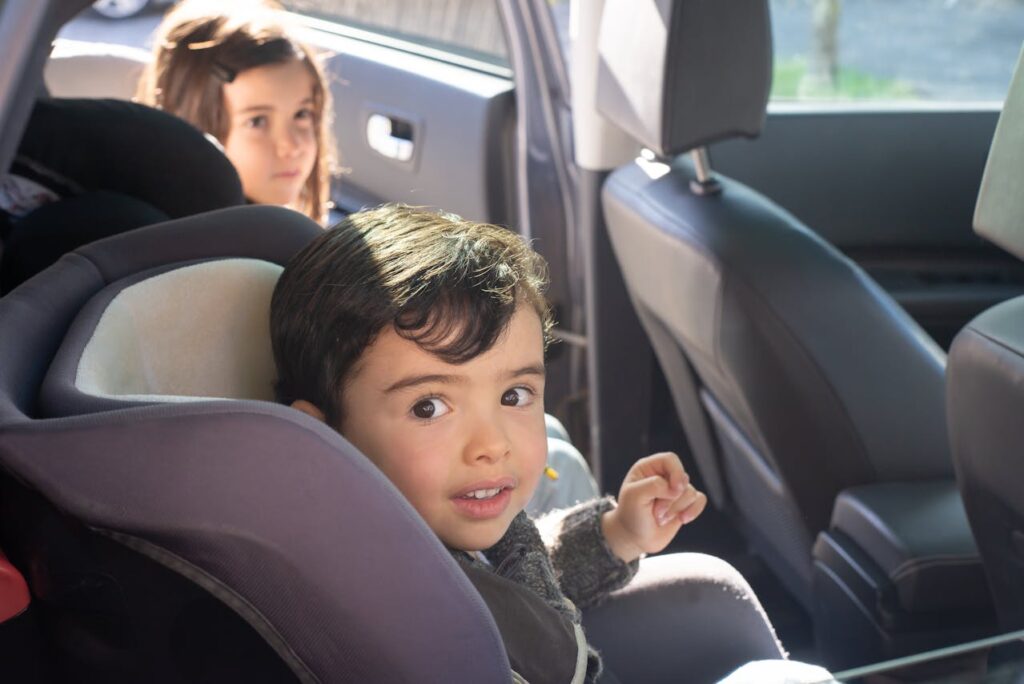
Car seats weren’t standard in the ’80s, and many families didn’t use them at all. Toddlers often sat on laps or loose in the back seat. Today, all 50 states have child restraint laws requiring car seats based on age, weight, or height. Violating these laws can lead to fines or legal action, especially if a child is injured. What was once seen as flexible parenting is now considered dangerously irresponsible.
13. Buying Fireworks Almost Anywhere

In the 1980s, buying fireworks from roadside stands or local stores was common, even in states with limited oversight. Today, fireworks are heavily regulated or banned in many places due to fire risks, noise complaints, and injuries. Even sparklers and small explosives may be illegal without permits. If you light fireworks now in the wrong location, expect fines, or worse. What was once a summer tradition now requires serious caution.
14. Walking Alone as a Young Child
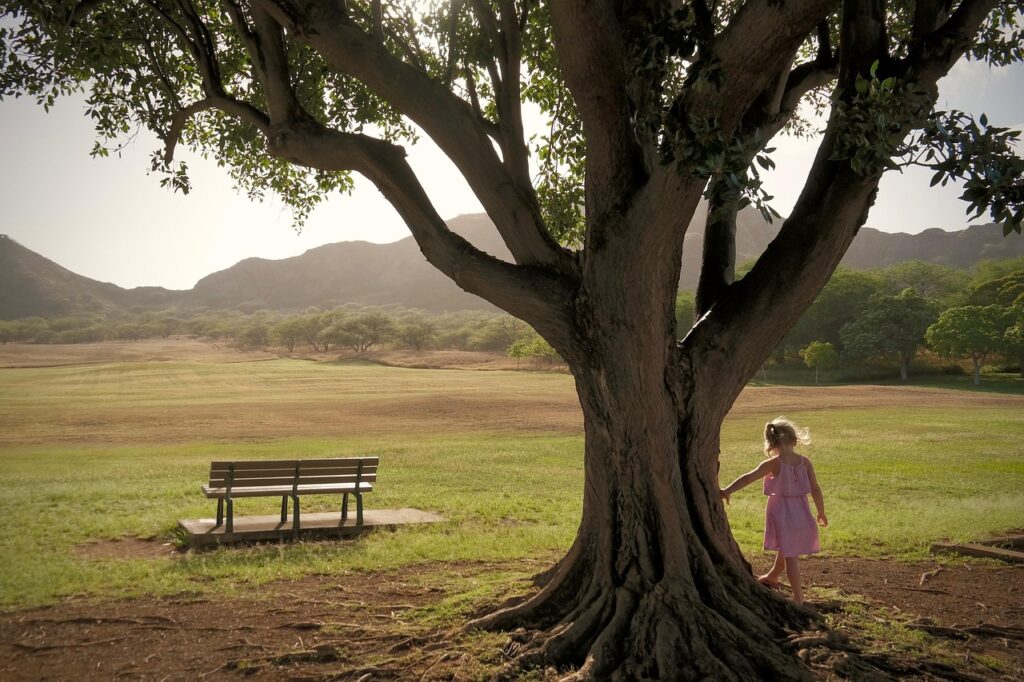
In the ’80s, kids regularly walked or biked to school alone, ran errands, or played outside unsupervised. It was part of growing up. Today, allowing a young child to roam freely can result in calls to child services. Some parents have even faced legal action for letting their kids walk home alone. While not illegal everywhere, changing views on child safety have made this once-normal practice controversial and potentially punishable.
15. Recording Songs Off the Radio
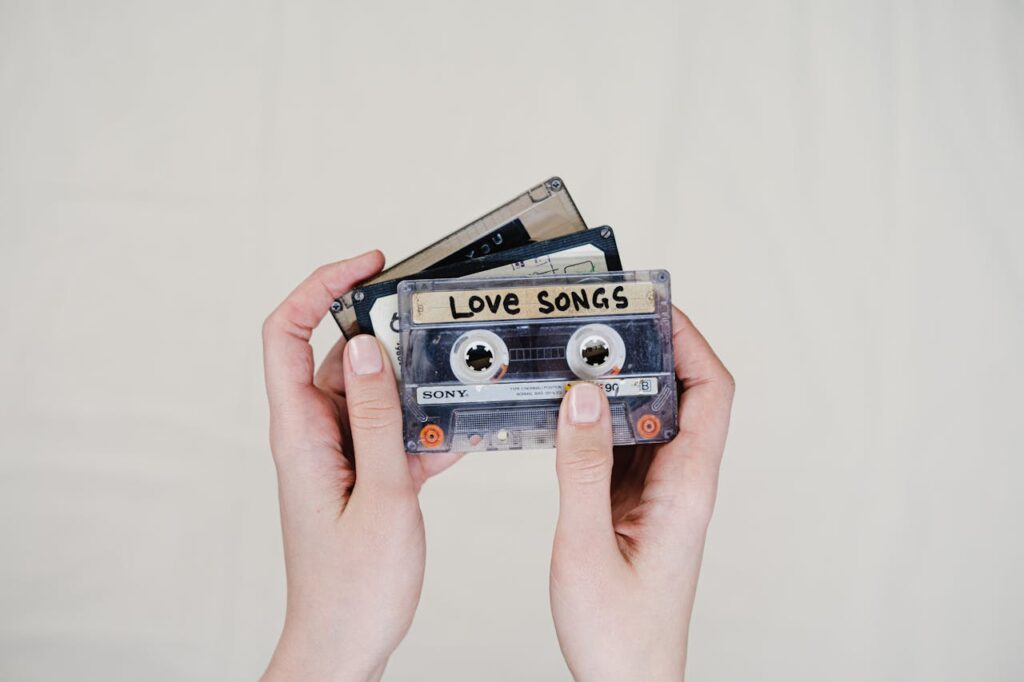
Many kids in the ’80s proudly made mixtapes by recording songs straight from the radio. Taping entire albums from friends was a badge of honor. But with today’s digital copyright laws, recording or distributing music without permission can violate intellectual property rights. While no one’s knocking on doors over cassette tapes, copying and sharing music, especially digitally, is now a legal gray zone or flat-out illegal under modern copyright protections.


